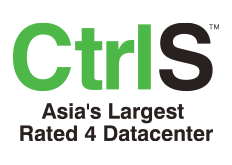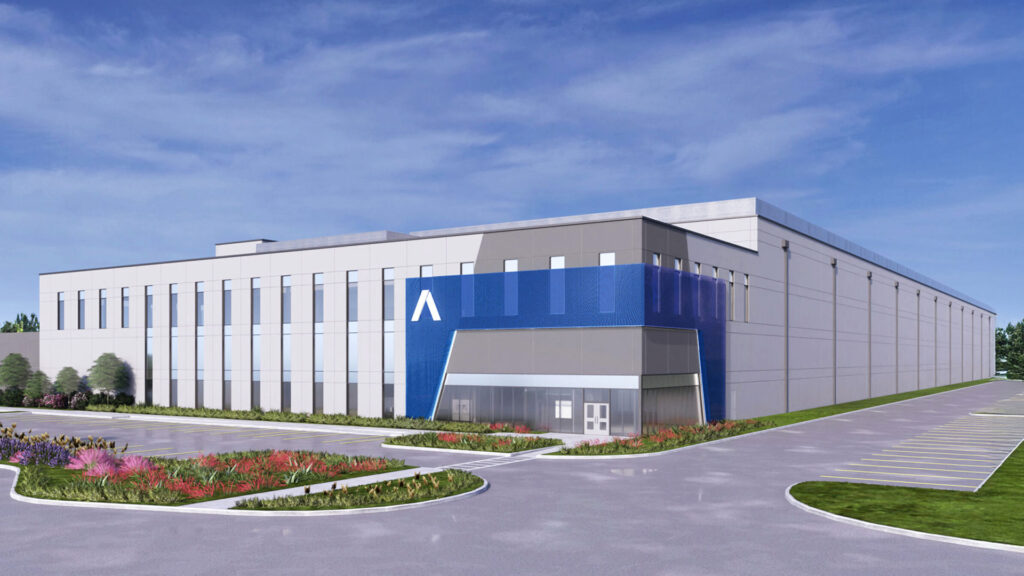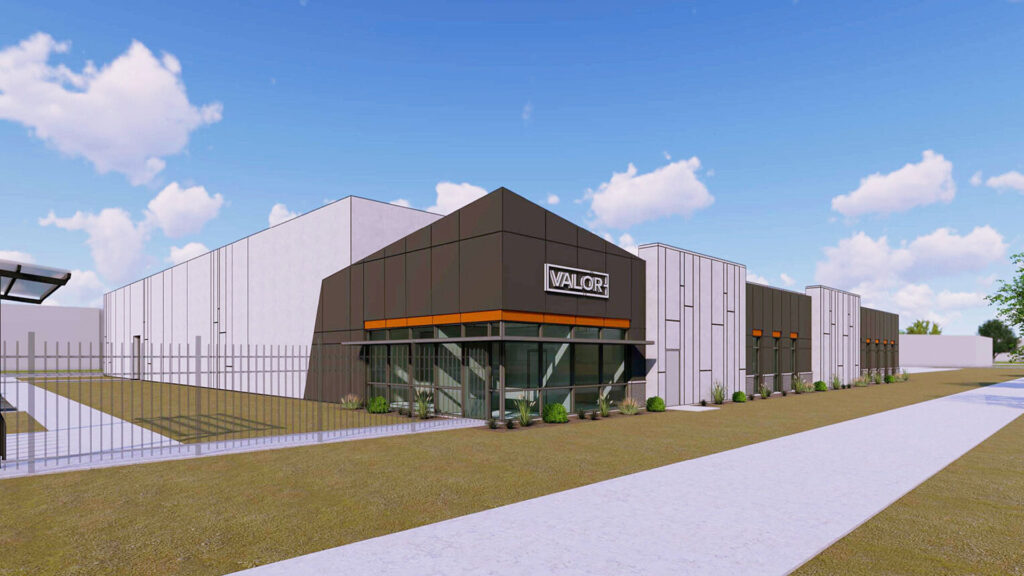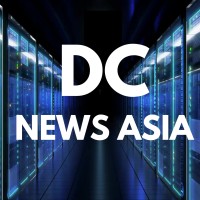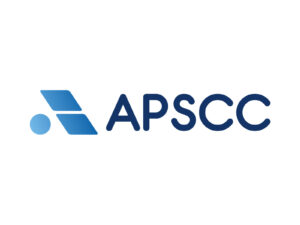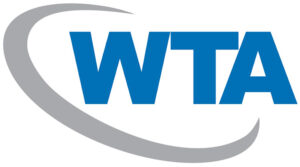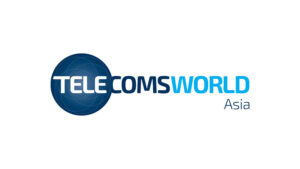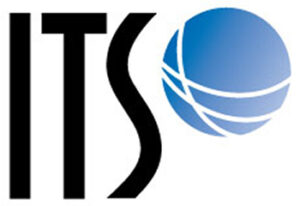Data center operators around the world are seeing substantial growth opportunities, and the Asia-Pacific market is often cited as one of the fastest growing. In reality, the Asia-Pacific data center market is made up of various markets: Singapore and Hong Kong serve regional demands, while markets such as India, Australia, Japan, and China serve domestic needs. Other markets have yet to see the emergence of major data center players.
Chairman & Managing Director, CtrlS & Cloud4C
No one knows the APAC market better than data center pioneer, Sridhar Pinnapureddy, chairman and managing director of CtrlS and Cloud4C. CtrlS operates Asia’s largest Rated 4 Datacenter and the only Rated 4 Datacenter in India. In a recent interview, Sridhar gave us his perspectives on the growth and unique challenges of the data center markets in Asia and how hyperscalers can ease their transition into the region.

COVID-19 Accelerates Cloud Migrations
Perhaps no event in recent decades accelerated cloud growth quite as much as the COVID-19 global pandemic. In 2019, few companies had a policy that required or even encouraged work from home arrangements. Then on March 11, 2020, the World Health Organization declared a global pandemic, and the majority of businesses that remained open implemented a work from home initiative, leading to millions of employees moving from office to homes.
Businesses in the Asia-Pacific that had already adopted cloud computing were ahead of their less transformative peers. “Cloud computing proved to be a seamless solution to maintaining their business continuity plans, despite the data surge demands brought on by the global pandemic,” says Sridhar. “However, we soon realized we had to provide the right support and solutions to new clients to help them transition to the cloud in a quick and efficient manner.”
As more businesses in the region transitioned to the cloud, CtrlS discovered many still lacked a basic understanding of the cloud and how to manage it. “We know that migrating to the cloud can be overwhelming, especially for companies that are still managing their data through legacy systems,” says Sridhar. “CtrlS had to quickly educate its new customers about cloud infrastructure and how to manage it. They also worked closely with them to create a fast, easy, and transparent system for migrating data while building a long-term plan for cloud portability and management.”
With broader knowledge of cloud capabilities, Srdihar sees a heightened awareness of data security, with many companies opting to house workloads in the cloud for the superior safety and reliability offered by managed data center providers.
Handling the World’s Data Storage Requirements
CtrlS is bullish on the market for data center capacity for other reasons as well. Sridhar points out that there are currently an estimated 25 billion connected devices worldwide, and that is expected to climb above 50 billion by 2030. Each of these devices adds to the exponential increase in data being stored around the world, and according to Sridhar, hyperscale data centers are the infrastructure of choice for many enterprises.
Sridhar suggests that hyperscalers that are looking to add capacity in a region like SE Asia or India should consider collaborating with established data center providers. “Unless there is huge demand, building your own data center infrastructure is not efficient CapEx wise,” says Sridhar. “Especially as Southeast Asia does not offer that volume due to local regulations and laws when working with international companies.”
CtrlS has equipped itself to be the partner of choice and has been supporting three of the top six global hyperscalers. Despite pandemic lockdowns, the company launched two new data centers in Mumbai, each with 200 MW of critical load capacity. In addition, the company has finalized plans for fifteen additional data centers located in tier two cities around India.
“Southeast Asia, as a whole, has been starved of good quality cloud solutions, and it is exciting to follow the digital transformation journeys of companies, driven by governments’ agenda to support and attract data center investments,” says Sridhar. “With more people moving to remote work, companies have seen the true value of the cloud thanks to the seamless transition it provides to working from home. Our vision is to have at least eight to nine new centers in the region within the next couple of years.”
Data Center Growth in Asia-Pacific is Not Without its Challenges
Asia-Pacific is pegged to be the fastest-growing data center region globally, but managing that growth will carry with it a few challenges. Sridhar sees two significant challenges for data center operators in the years ahead: the different regulatory frameworks developed by each country and the lack of skilled talent.
As data center businesses expand across markets and scale to meet market needs, this growth often creates friction between increasing demand and limited resources. In many geographies, these resources are heavily government controlled. For example, data centers are estimated to consume roughly one to two percent of the world’s electrical power annually. As the world’s IT infrastructure requirements grow, that percentage may grow as well. In less developed countries, that’s going to further strain electrical grids that are already operating at capacity, which in turn will impact reliability and resiliency.
“For more sustainable growth, we need to encourage data center operators to pioneer environmentally friendly technology through R&D and innovation. We have had 80 innovations in energy efficiency and reduced the power usage effectiveness (PUE) to 1.36,” says Sridhar. Additionally, CtrlS has installed India’s largest Building-integrated Photovoltaic (BIPV) solar system to help power its data center in Mumbai. He continues further, “We are in the process of deploying a 100-acre solar farm to ensure our energy consumption is fulfilled through clean energy. It is our way of giving back to planet Earth and ensuring we leave behind a clean environment for future generations.”
As the data center market in the Asia-Pacific grows, hiring quality tech talent has become a particular challenge. “The tech industry is moving at an accelerating pace, where tech companies are unable to hire fast enough, leading to more job openings than there are tech talent,” Sridhar explains. “There has also been a gap in education as graduates lack technical skills, requiring companies to train employees fast and prepare them for the workforce. Niche tech skills like cloud computing require hands-on training and experiences, and companies are faced with the challenge to train employees fast enough to keep up with the company’s overall growth pace.”
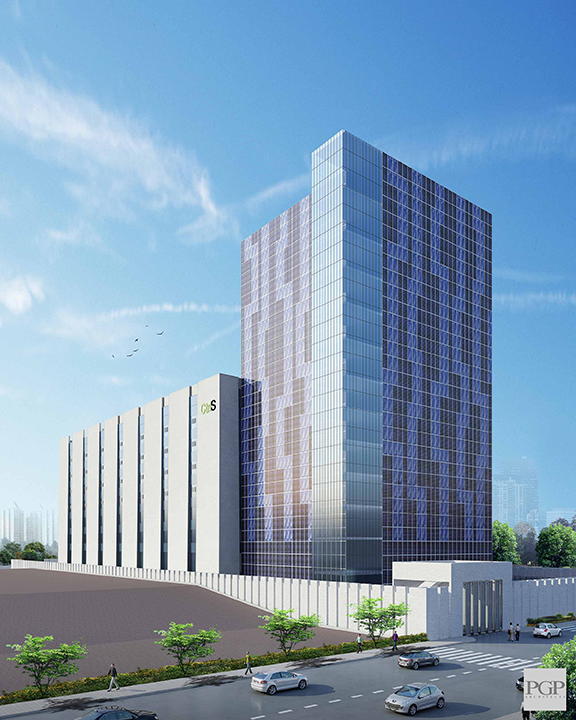
CtrlS Building-integrated Photovoltaic Data Center
Capitalizing on Market Growth in the Asia-Pacific
While data center market growth in Asia-Pacific markets is substantial and there is a significant need for more capacity, Sridhar believes the best option for hyperscalers in the region is to collaborate with established data center operators that understand the local regulatory environment and can offer hyperscalers end-to-end full-service support, including sustainable infrastructure, security, and consultancy.
“The Asia-Pacific region comprises more than 30 countries,” says Sridhar. “As with establishing any business in a new country, there are administrative and regulatory compliances, economic and cultural differences, local demand for services, and language barriers to consider. Each country is also at a different stage of data center market maturity and will have very specific regulatory requirements. Navigating each country’s local laws to understand how to acquire land or power and the local policies brings its own set of challenges.”
“Countries like Singapore, Hong Kong, and Australia continue to flourish due to policies that encourage tech growth,” adds Sridhar. “The eagerness from local governments means that there will be a much smoother business process for infrastructure providers such as ourselves. There are also countries, such as Indonesia and Vietnam, which are still developing their data network policies. We are planning to establish our data centers to help smooth entry of hyperscalers into these local markets and also meet the in-country demands for high-quality data center infrastructure.”
For more from Ctrls Chairman and Managing Director Sridhar Pinnapureddy, please view his PTC’21 Executive Interview.


